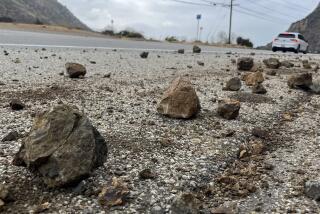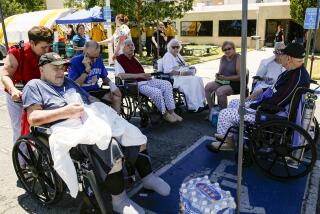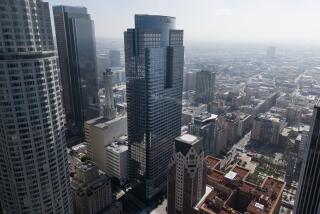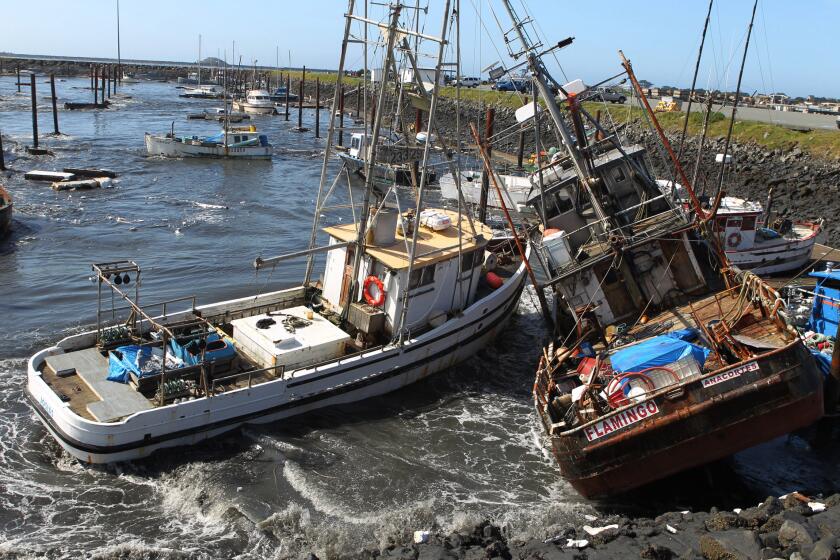A Bit of Metal, a Big Worry
- Share via
With attention directed to the massive floods in Northern California, it’s a good time to remember that the best way to prepare for disasters is to learn from past ones. That’s why a return to the state’s last big earthquake is in order.
Legal developments surrounding St. John’s Medical Plaza in Santa Monica have resurrected perhaps the final puzzle of the 1994 Northridge earthquake: the greatly unanticipated damage sustained by the region’s steel frame buildings. To be sure, not one of these structures collapsed, and they fared better than most other types of construction. But the widespread cracking found in their beam-to-column connections was simply not supposed to occur at the level recorded for the Northridge temblor.
Now, the owners of St. John’s Medical Plaza are suing the Ohio-based Lincoln Electric Co., contending that the weld metal Lincoln sold for construction of the building was a defective product. Lincoln has sold more welding metal than any other firm in the country, including the type of weld material used in many structures damaged in the Northridge quake.
Stronger, less brittle weld metals, according to a Times series, have been available from Lincoln and other suppliers, but the product used at St. John’s has been the workhorse in construction in the western United States, mainly because it is quick and easy to apply.
Lincoln argues that its welding metal is sound and that other factors, such as poor workmanship and building design, may have led to the damaged connections. Deciding the soundness of that argument is up to the courts, but this much at least is beyond dispute: Los Angeles city officials have banned the use of this welding metal for repairs and for major structural connections in new construction, and Lincoln’s product literature now advises customers that weld materials with a higher fracture resistance “should be considered” for seismic applications..
The question now is what to do about existing steel frame structures. The California Seismic Safety Commission should consider, in its upcoming earthquake mitigation report, what can reasonably be done to strengthen these buildings. So too should the California Office of Emergency Services, once its flood worries are over. For Los Angeles officials, the question is whether a ban on future use is enough.
Moreover, the code book of the American Welding Society ought to address the types of weld metal that are most appropriate for seismically active areas. That’s the kind of long-term thinking required now.
More to Read
Sign up for Essential California
The most important California stories and recommendations in your inbox every morning.
You may occasionally receive promotional content from the Los Angeles Times.










